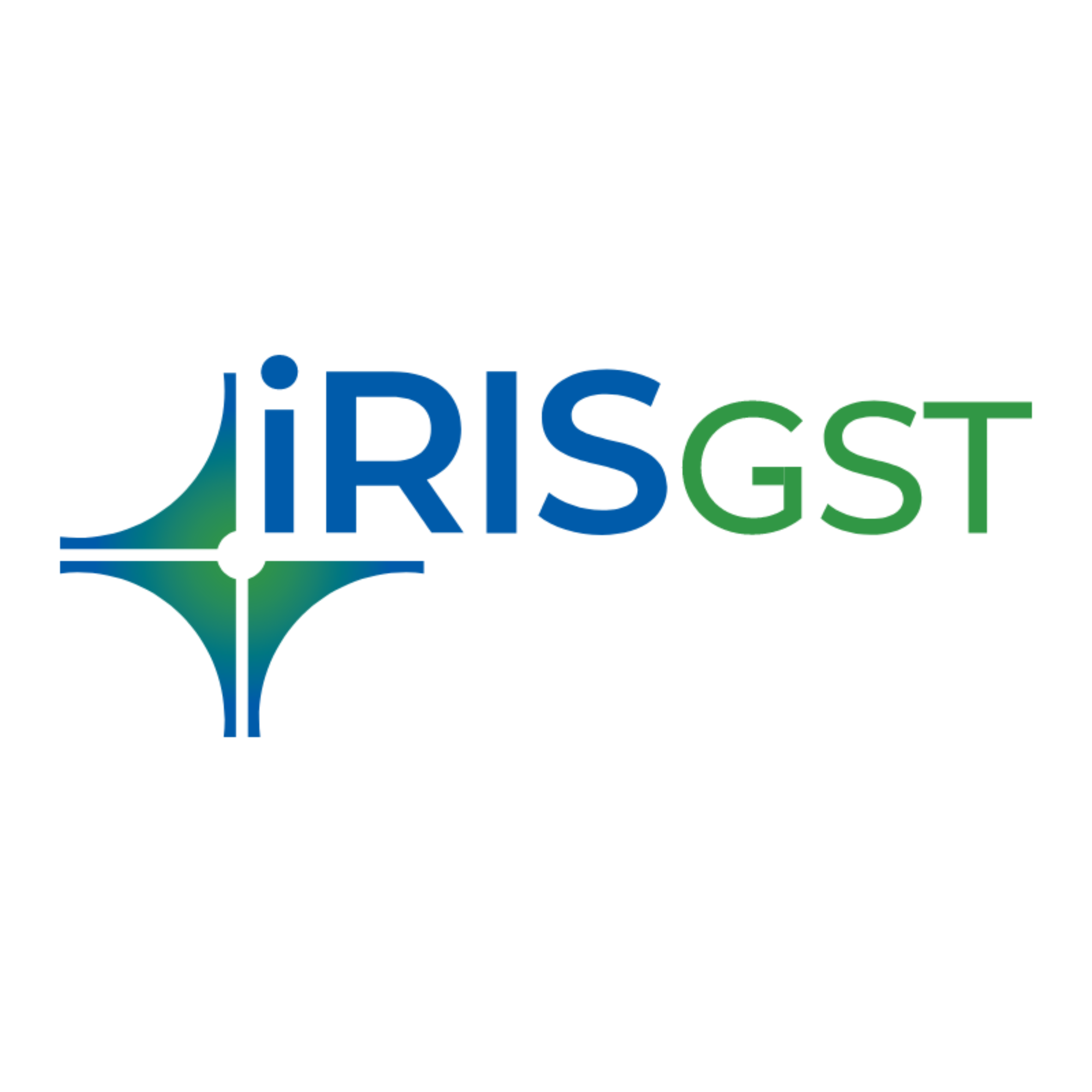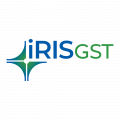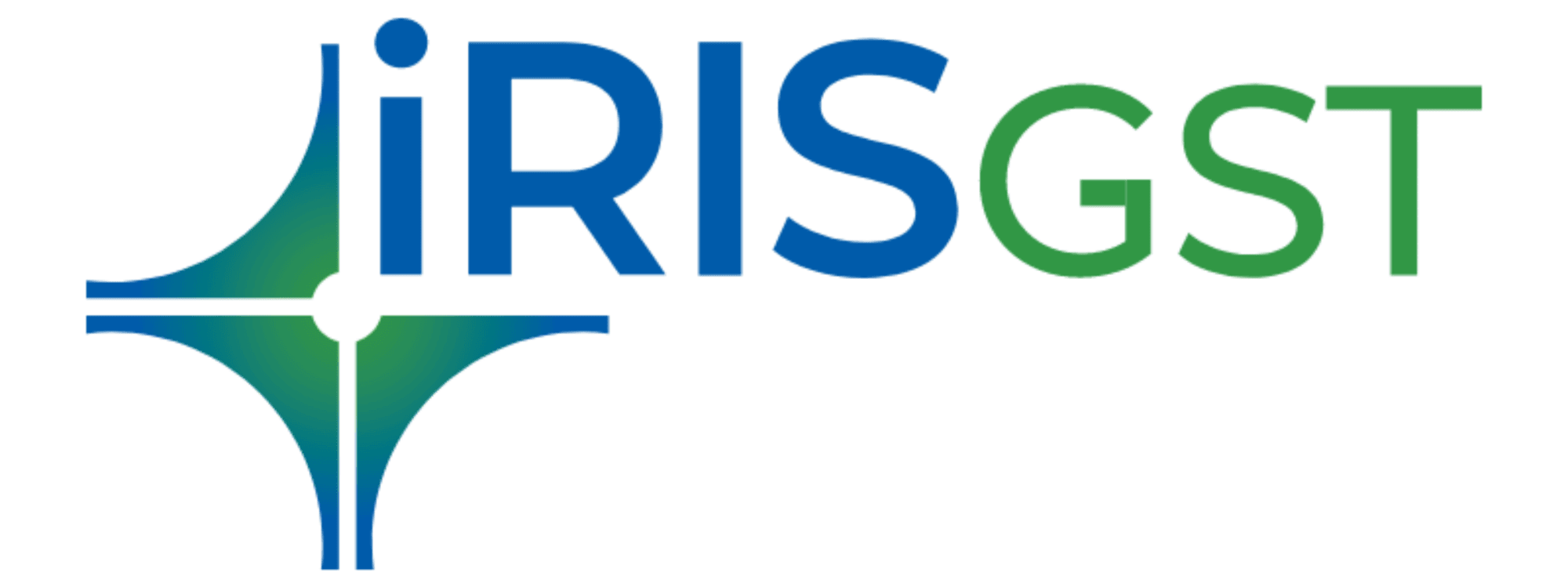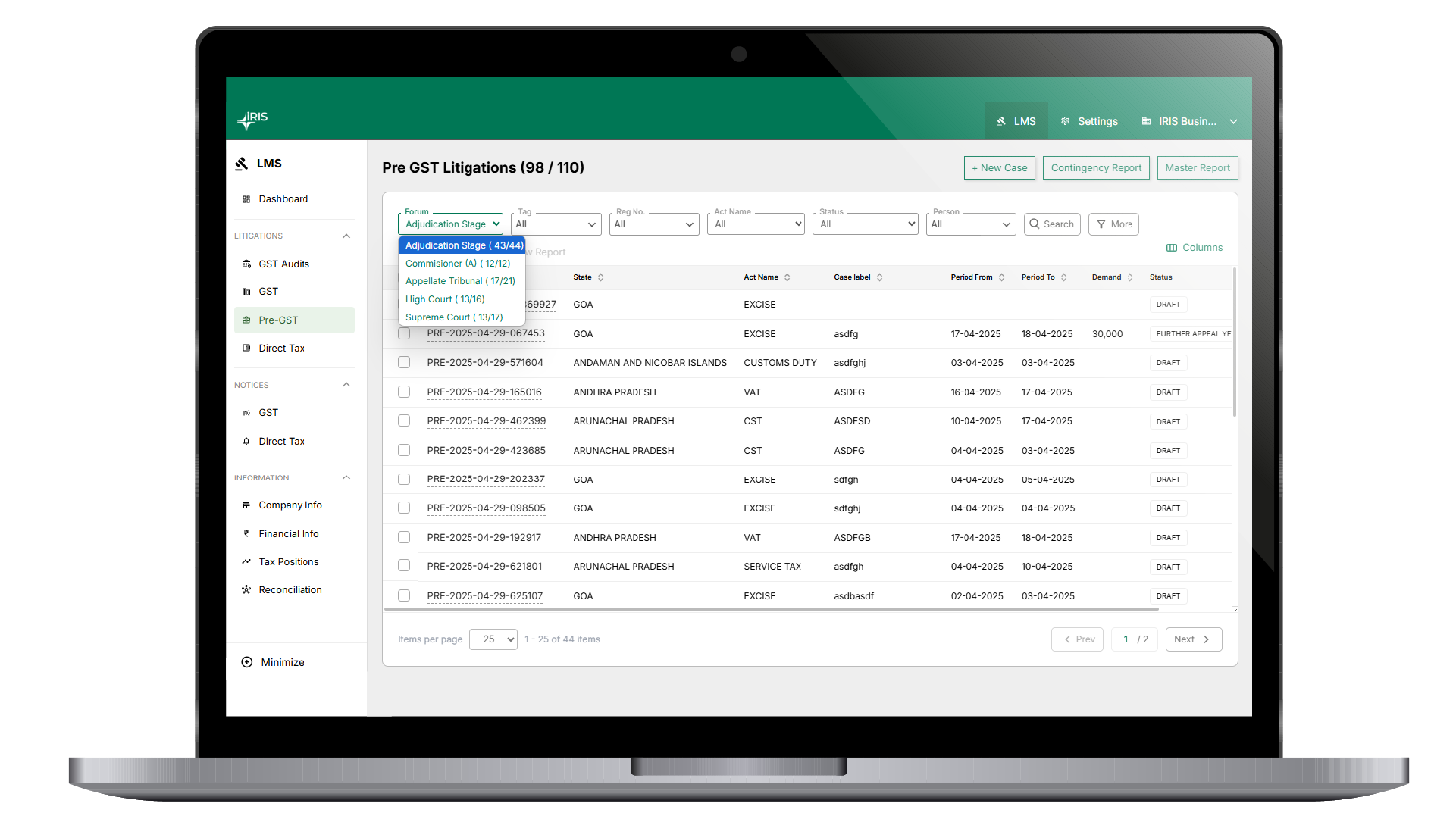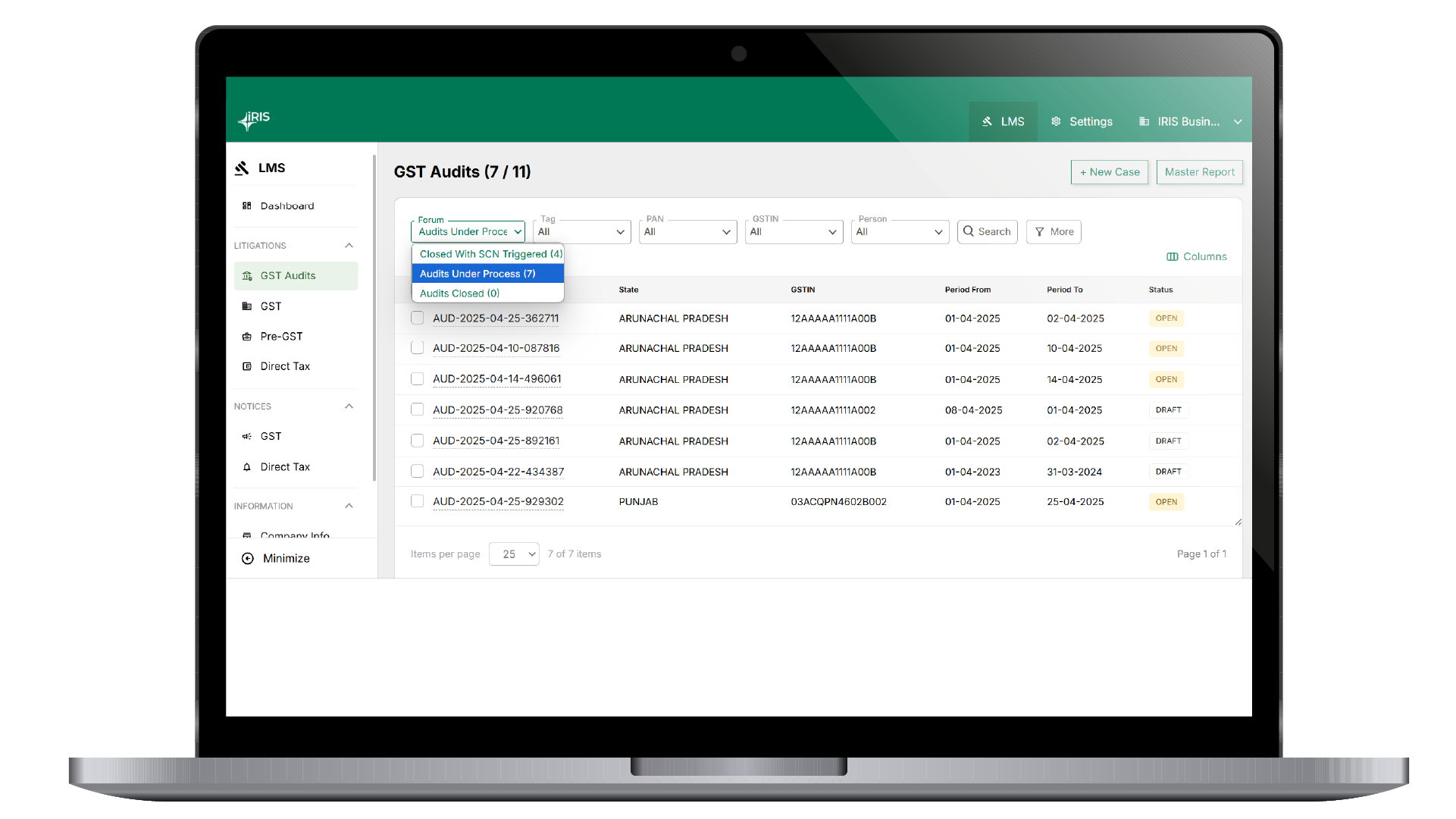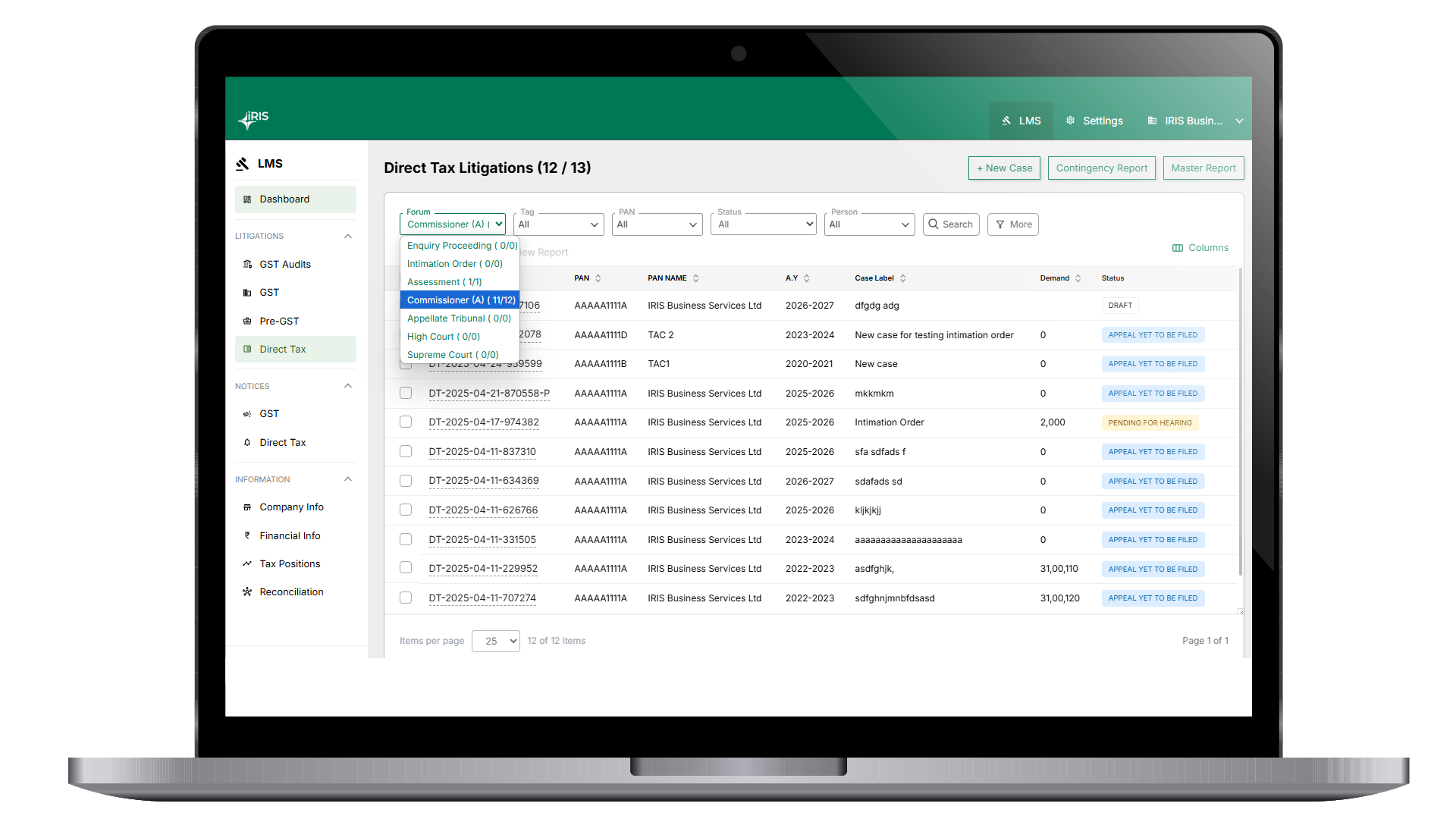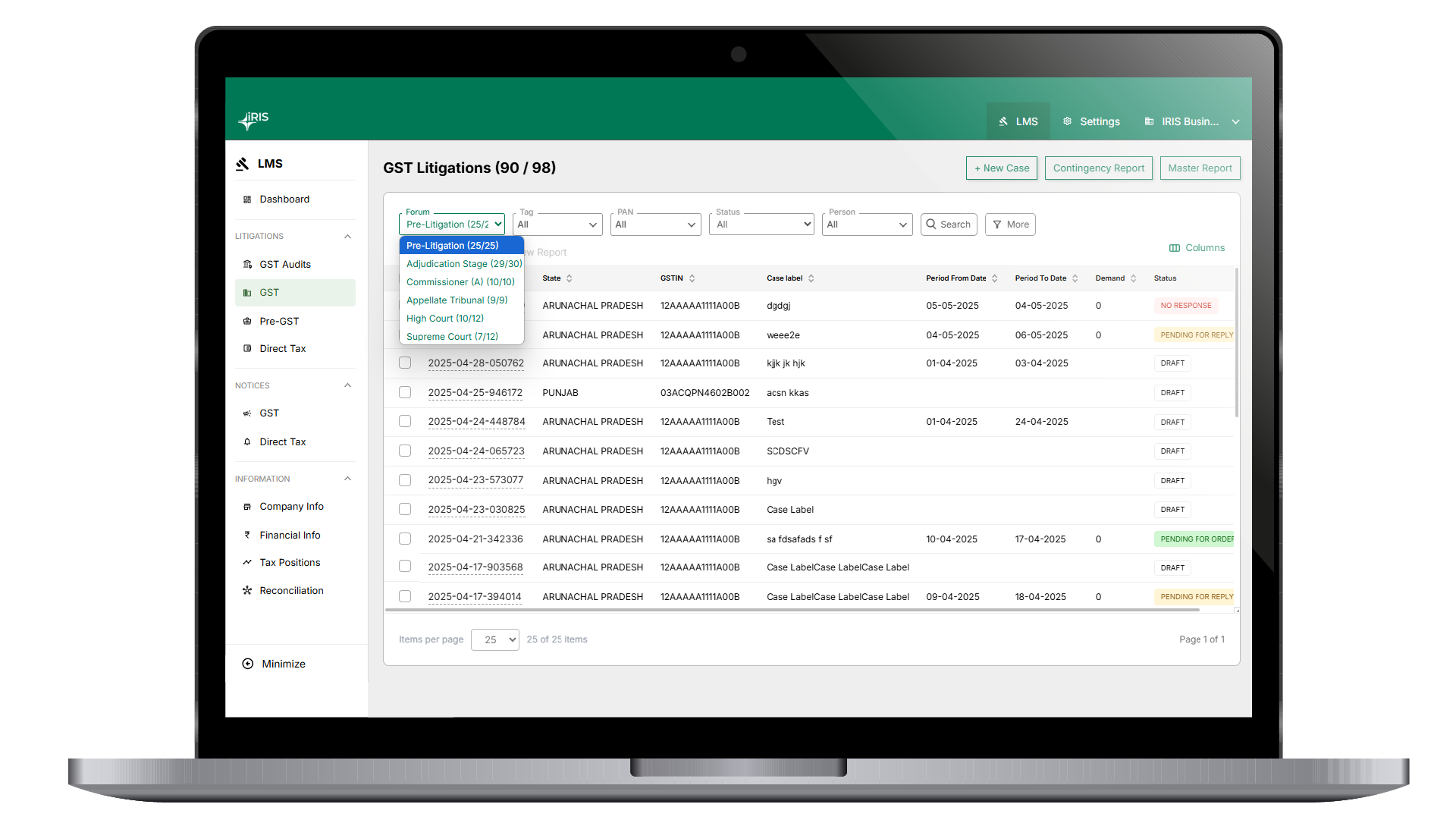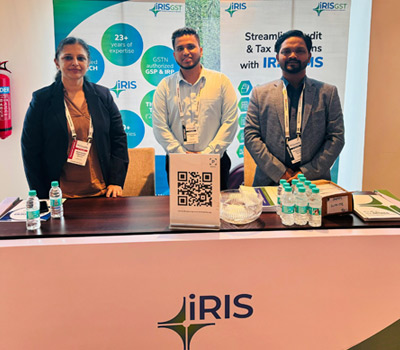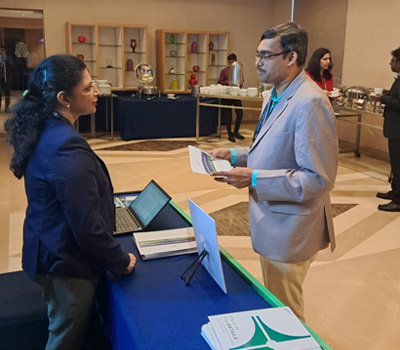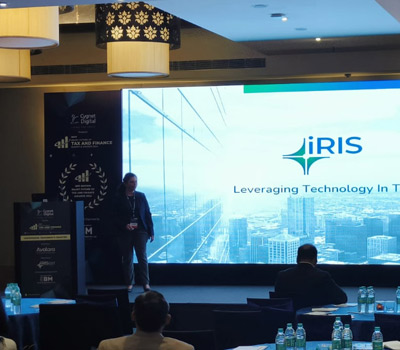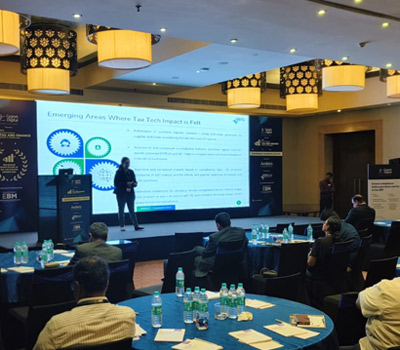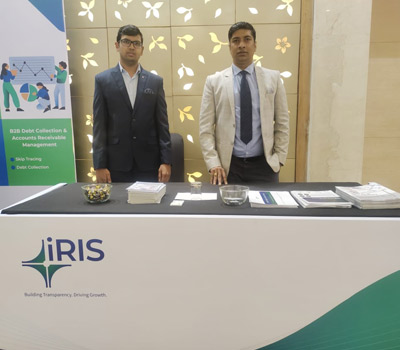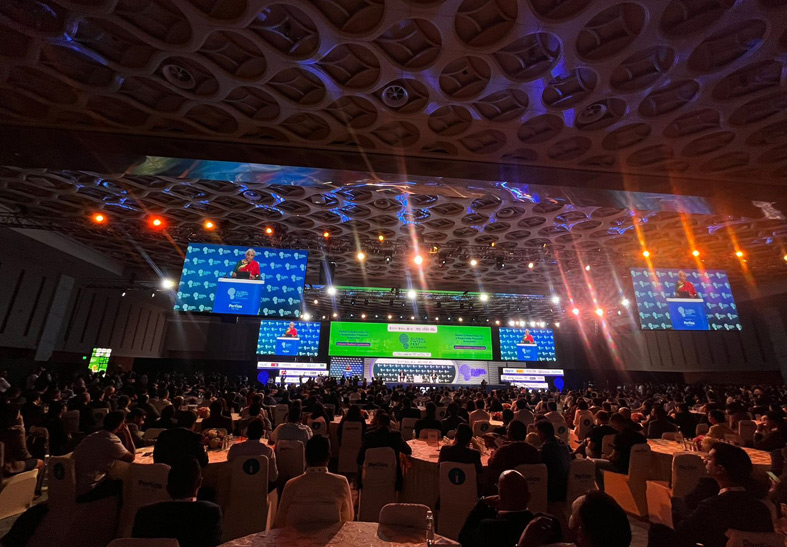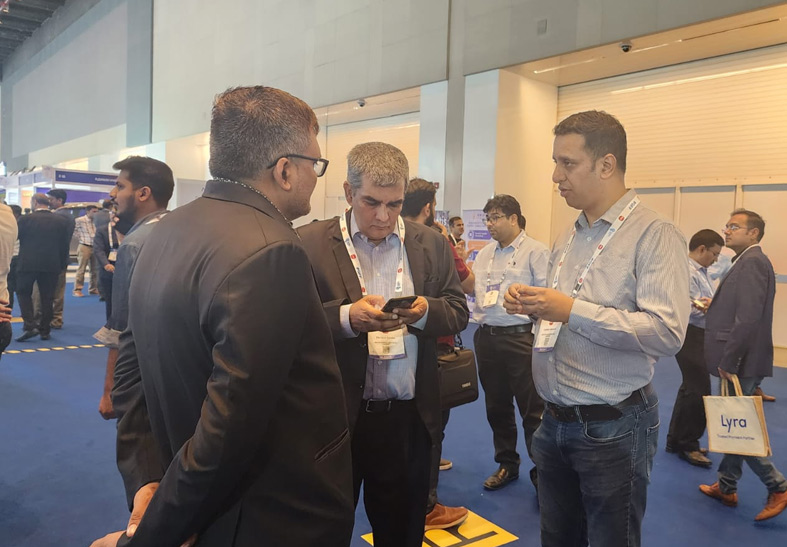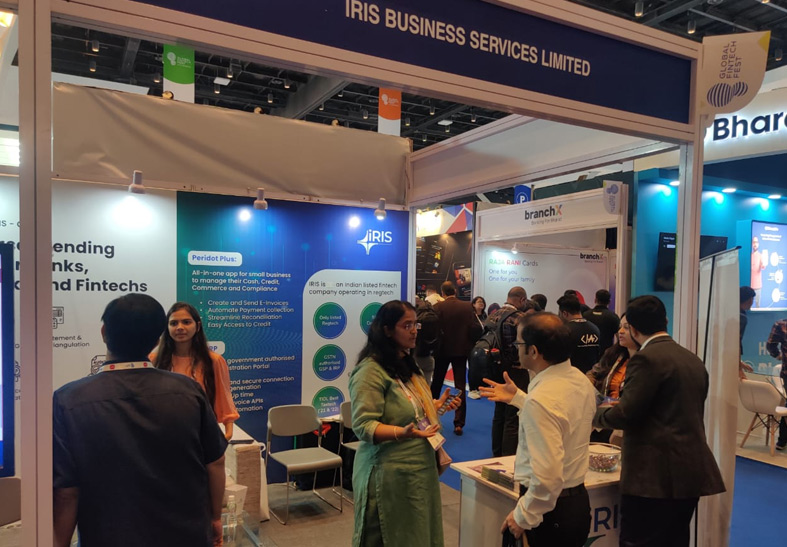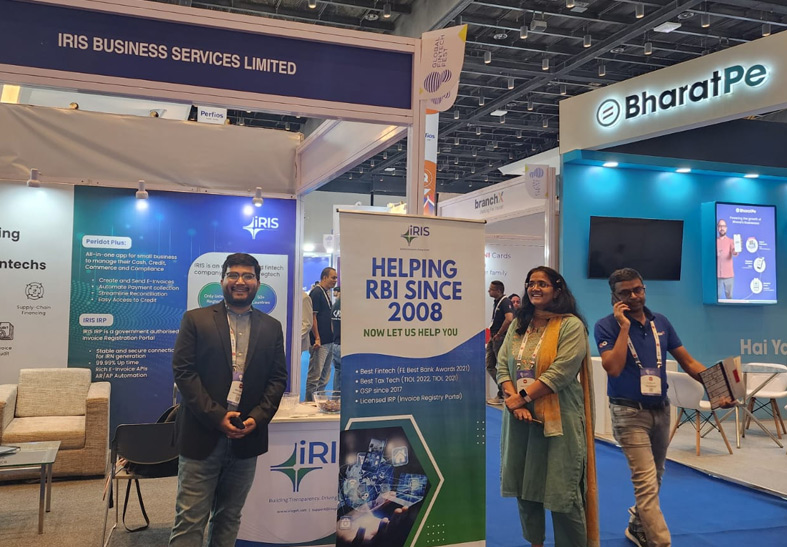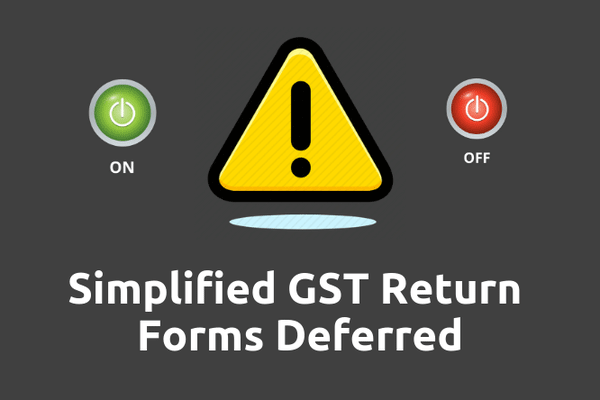
One of the changes expected with the dawn of new Financial Year was the introduction of New returns envisaged to reduce compliance burden of taxpayers. The pilot for New Returns- Sahaj and Sugam, was to start from April 1, 2019 and the mandatory filing to start from July 2019.
However, same has been deferred till the new forms are available on the portal and the software is ready.
The 27th GST Council Meeting held in May 2018 proposed simplification of GST Return filing which aimed for single return filing for most of the taxpayers. The roll-out was expected to happen over a period of a year to reduce the burden of the taxpayers and ease out the filing process. It aimed to monitor and devise other mechanisms to keep a watch on reporting of fraudulent transactions.
The draft forms were released in July 2018 in the 28th GST Council Meeting. The new returns were designed for businesses registered as regular taxpayers. For the other taxpayers such as Composition Dealer, ISD, TDS deductor, E-commerce operator etc. these returns did not apply.
Though in existing scenario, there is no terminology-based bifurcation, the tax-payers are segregated on the basis of turnover. In the new GST return regime, the taxpayers will be bifurcated as Small and Large on the basis of self-declared turnover.
For the Simplified GST Returns for large (regular) taxpayers (Turnover more than Rs. 5 crore), there were major changes in terms of ITC claims and compliance. But from the point of view of data required to be filed in it, the old and new forms were almost similar with a few minimal exceptions. If GSTR2 was to be continued in the filing process, then single return vs the multiple returns filing would have been the only change between the two processes for
However, the small taxpayers (turnover upto Rs. 5 crore) were to use Sahaj and Sugam.
- Normal Return – FORM GST RET-1 (Shall be able to declare all types of outward supplies, inward supplies and take credit on missing invoices)
- Monthly Normal
- Quarterly Normal
- Sahaj Return – FORM GST RET-2 ( Quarterly) Outward supply under B2C category and inward supplies attracting reverse charge only
- Sugam Return – FORM GST RET-3 ( Quarterly) Outward supply under B2C and B2B category and inward supplies attracting reverse charge only
These tax returns were being introduced to free the small taxpayers from the hassles of taxation; thereby helping them to focus on the growth of their business.
IRIS Business is a leading GST Suvidha Provider (GSP) providing an easy and efficient solution for GST (IRIS Sapphire) and E-way bill (IRIS Topaz) compliance. To have your GST queries solved and to know more about our solution, please contact us at support@irisgst.com.
